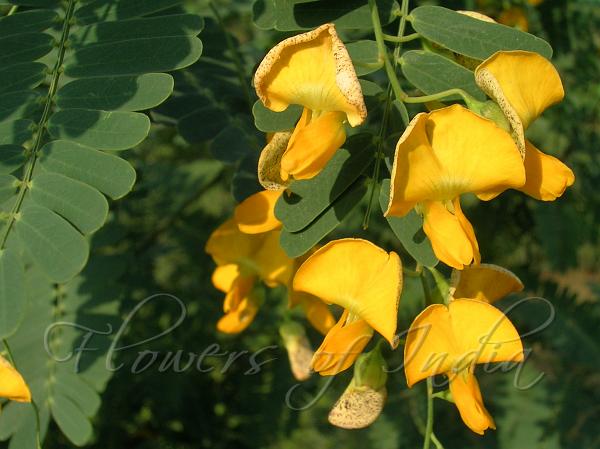|
| Common Sesban |
|

|

| File size | 691654 |
| Original date | 7/28/06 4:30 PM |
| Resolution | 2048 x 1536 |
| Flash | Flash did not fire, auto |
| Focal length | 8.0mm |
| Exposure time | 1/362s |
| Aperture | 5.5 |
| Focus Distance | |
| Metering Mode | Partial |
| Camera make | NIKON |
| Camera model | E3700 |
| Sensor type |
|
|
|
Photo: |
Botanical name: Sesbania sesban subsp. sesban Family: Fabaceae (Pea family)
Common sesban is a small, often multi-stemmed tree,
growing to 4-8 m high. Its leaves are
pinnately compound, 2-18 cm long with 6-27 pairs of linear oblong leaflets (26
x 5 mm). The raceme has 2-20 pea-shaped flowers which are yellow with purple or brown
streaks on the corolla. Pods are subcylindrical, straight or slightly curved
up to 30 cm long and 5 mm wide containing 10-50 seeds.
Common sesban has a long history of use in India, primarily as a green manure and a source
of cut and carry forage. Planted, or assisted to establish as a volunteer, as
an improved fallow in maize fields in southern and east Africa because it
improves crop yields and provides fuelwood. Can be intercropped with corn,
beans, cotton and many other field crops. Harvested leaves make a rich
compost. Its leaves are a good source of protein for cattle and sheep.
| Identification credit: Tabish | Photographed at Jhasola Vihar, Delhi. |
• Is this flower misidentified? If yes,